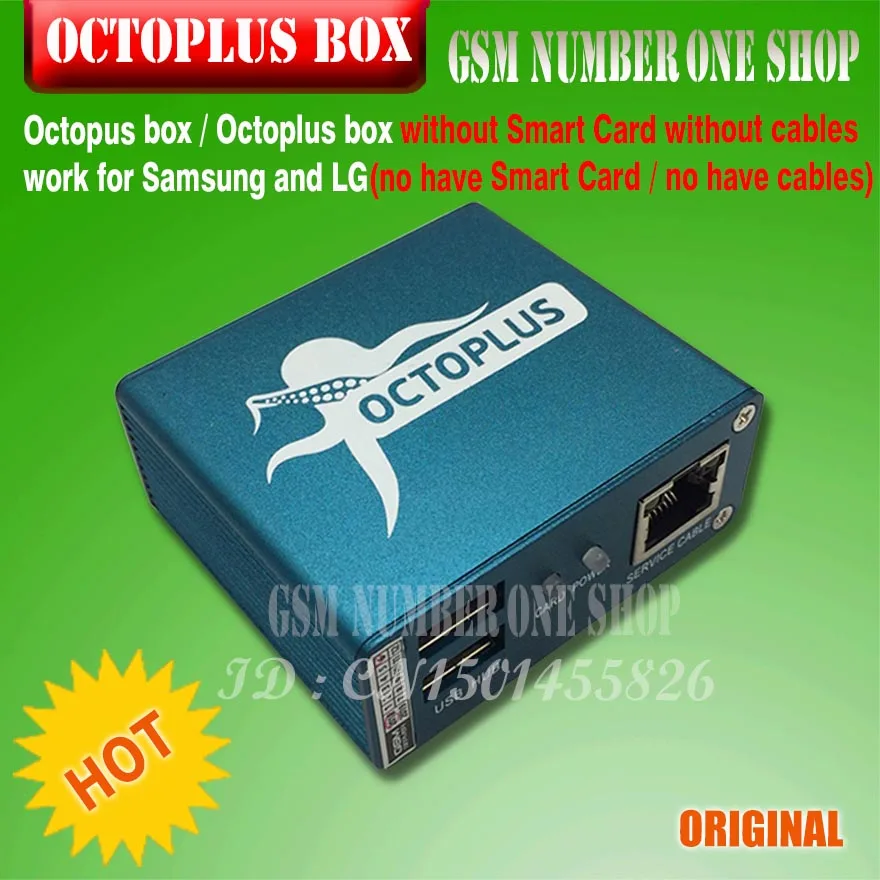
These third-party service providers have their own privacy policies addressing how they use such information. In addition, we may use third-party services such as Google Analytics that collect, monitor and analyze this type of information in order to increase our Site’s functionality. This log data may include information such as your computer’s Internet Protocol (“IP”) address, browser type, browser version, the pages of our Site that you visit, the time and date of your visit, the time spent on those pages and other statistics. We collect information that your browser sends whenever you visit our website. We use the information that you provide for such purposes as responding to your requests, customizing future shopping for you, improving our service, and communicating with you. We receive and store any information you enter on our website or give us in any other way. Here are the types of information we collect: The information you give us We do not sell, rent, loan, or give your email address or other personal information to anybody without your express permission.

To do this click Unsubscribe in newsletters you are receiving from us. If you no longer wish to receive correspondence, emails, or other communications from us, you may opt-out. We offer you to subscribe to our newsletters. Think of these like database connection settings for the specific tenant/project/environment combination.īy carefully designing your variable templates you can implement complex multi-tenant deployment scenarios.Last updated on April 20th, 2018. Project variable templates will be collected once for each project/environment combination the tenant is connected to.Think of these like "custom fields" for your tenants. Library variable templates will be collected once - they are considered to be constant for the tenant.When you connect a tenant to a project, variable templates defined by the project itself, or by included library variable sets, will be required by the tenant. Which variable templates apply to a tenant Navigate to the Variables ➜ Project Variables tab in the tenant screen: Then to set the variable values for a tenant: Navigate to the Variables ➜ Project Templates tab in your tenant connected project.Īdd the details to your template and click ADD: With project templates, you define them at the project level. A perfect example would be a connection string or a database server. Project templates allow you to specify variables that can have different values per tenant/environment combination. If you can't see any variables in the Common Variables tab, ensure you have included the Library variable set in the connected project. Navigate to the Variables ➜ Common Variables tab in the tenant screen:Įxpand each connected environment and provide values for each project template: To set common variable values for a tenant: Use | to separate values and display text. This defines the list of options available for the user to select from the drop down list. (Only applies when Data type: Drop down). Single-line text box, Multi-line text box, Drop down, Checkbox, Sensitive/password box, Azure Account Note the variable values will be stored and interpreted as text. This controls the user interface provided to collect the variable value, and determines how the variable value is interpreted. You can select one of several different data types. The default value can contain variable binding expressions. The value that will be given to the variable if an actual value is not provided. The descriptive help text that will be displayed to provide the user with enough information to accurately provide the value.Ī shortened, URL friendly, version of the tenant's name. The label that will be displayed when prompting for the variable value. This will also be the name given to the resulting variable value you can use in your deployment process. Add the details to your template and click SAVE:.Click Variable Templates ➜ ADD TEMPLATE.Give the variable set a name, description, and click SAVE.




 0 kommentar(er)
0 kommentar(er)
